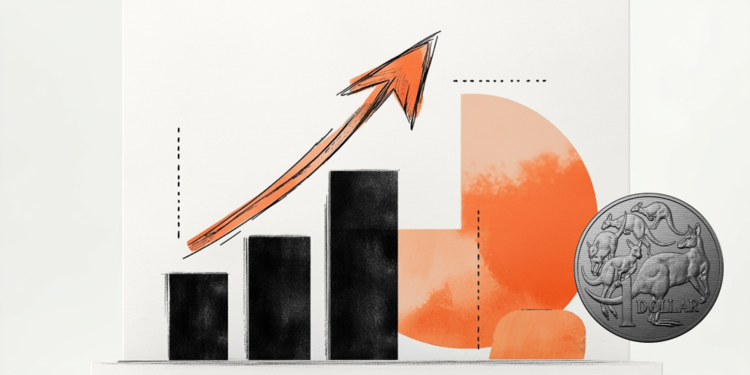- USD/CAD regains some positive traction and gains support from a combination of factors.
- The divergence in monetary policy outlook between the Fed and BoC and renewed USD buying act as a tailwind for the pair.
- A rebound in crude oil prices does not benefit the CAD nor hinder a modest intraday move higher.
The USD/CAD pair attracts some buying at lower levels at the start of a new week and, for now, appears to have halted its correction from the highest level since March 2020 reached last Thursday. Spot prices are holding on to modest intraday gains during the first half of the European session and are currently trading around the 1.4380 region, up less than 0.10% on the day.
The US dollar (USD) regains some positive traction after Friday’s pullback from a two-year high amid the Federal Reserve’s (Fed) hawkish shift, signaling it would slow the pace of rate cuts in 2025. Prospects continue to support elevated US Treasury yields and prove to be a key factor acting as a tailwind for the Dollar. The Canadian Dollar (CAD), on the other hand, remains weakened by domestic political developments and the dovish stance of the Bank of Canada (BoC).
In fact, the Canadian central bank projected lower growth in the final quarter of this year, adding that the possibility of new tariffs on Canadian exports to the U.S. has made the economic outlook more uncertain. Additionally, Statistics Canada reported Friday that retail sales in October were marginally lower than expected and were likely flat in November. That said, a rebound in crude oil prices lends some support to the commodity-linked CAD and could cap the USD/CAD pair.
Traders now await the release of the US Conference Board Consumer Confidence Index, which, along with US bond yields, could influence the USD. Apart from this, the oil price dynamics could help generate short-term trading opportunities around the USD/CAD pair. However, the fundamental backdrop appears tilted in favor of the USD bulls and supports prospects for an extension of the well-established uptrend seen over the past two months or so.
Canadian Dollar FAQs
The key factors that determine the price of the Canadian Dollar (CAD) are the level of interest rates set by the Bank of Canada (BoC), the price of oil, Canada’s main export product, the health of its economy, inflation and the trade balance, which is the difference between the value of Canadian exports and its imports. Other factors are market confidence, that is, whether investors bet on riskier assets (risk-on) or look for safe assets (risk-off), with the risk-on being positive for the CAD. As its largest trading partner, the health of the US economy is also a key factor influencing the Canadian dollar.
The Bank of Canada (BoC) exerts significant influence over the Canadian Dollar by setting the level of interest rates that banks can lend to each other. This influences the level of interest rates for everyone. The BoC’s main objective is to keep inflation between 1% and 3% by adjusting interest rates up or down. Relatively high interest rates are usually positive for the CAD. The Bank of Canada can also use quantitative easing and tightening to influence credit conditions, with the former being negative for the CAD and the latter being positive for the CAD.
The price of oil is a key factor influencing the value of the Canadian Dollar. Oil is Canada’s largest export, so the price of oil tends to have an immediate impact on the value of the CAD. Generally, if the price of oil rises, the CAD also rises, as aggregate demand for the currency increases. The opposite occurs if the price of oil falls. Higher oil prices also tend to lead to a higher probability of a positive trade balance, which also supports the CAD.
Although inflation has traditionally always been considered a negative factor for a currency, as it reduces the value of money, the opposite has actually happened in modern times, with the relaxation of cross-border capital controls. Higher inflation often leads central banks to raise interest rates, attracting more capital inflows from global investors looking for a lucrative place to store their money. This increases the demand for the local currency, which in the case of Canada is the Canadian Dollar.
The published macroeconomic data measures the health of the economy and may have an impact on the Canadian dollar. Indicators such as GDP, manufacturing and services PMIs, employment and consumer confidence surveys can influence the direction of the CAD. A strong economy is good for the Canadian dollar. Not only does it attract more foreign investment, it may encourage the Bank of Canada to raise interest rates, resulting in a stronger currency. However, if economic data is weak, the CAD is likely to fall.
Source: Fx Street
I am Joshua Winder, a senior-level journalist and editor at World Stock Market. I specialize in covering news related to the stock market and economic trends. With more than 8 years of experience in this field, I have become an expert in financial reporting.





